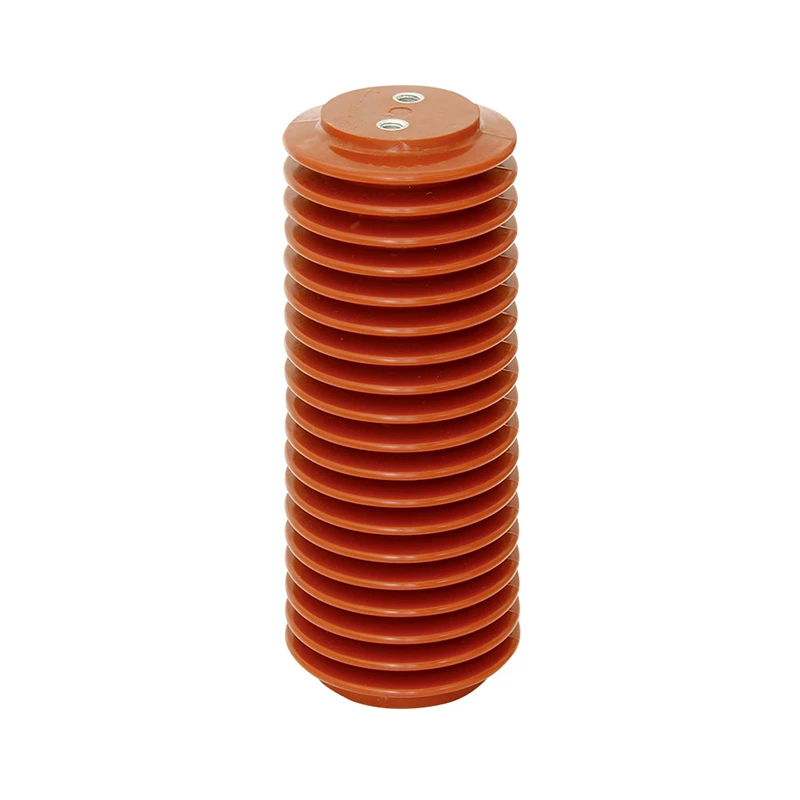Introduction To The Selection Method Of Insulator Zero Value Detector Equipment
high voltage standoff insulators zero value detection is an effective method to determine whether the performance of the high voltage epoxy in operation meets the conditions for continued operation, to find the epoxy resin insulator that may have low values but has not yet been broken down, and to reduce the occurrence of sudden failures. Common high voltage epoxy resin zero value detectors include high voltage standoff resistance testers, insulator distributed voltage testers, etc. So, how to choose?
1. Choose according to the voltage level of the line to be tested: Different models and categories of zero-value detectors have different performance and parameters. If you want to choose the right equipment, the first step is to determine the voltage level of the line to be tested. This is also the most basic step. Make sure that the insulator zero-value detection equipment to be used can meet the various parameter requirements of the detection line. For example, for 35-500 kV insulator detection, you can choose HB-RT20 insulator resistance tester and test it by resistance test method; if it is 500-1000 kV insulator detection, you can choose HB-VD30 insulator distribution voltage tester and measure it by voltage distribution method;
2. Judge according to the requirements of power outage or live detection: At present, most insulator zero-value detection is carried out live, but some detection items still need power outage detection. Before selecting the corresponding detection equipment, it is important to confirm whether live detection is required;

